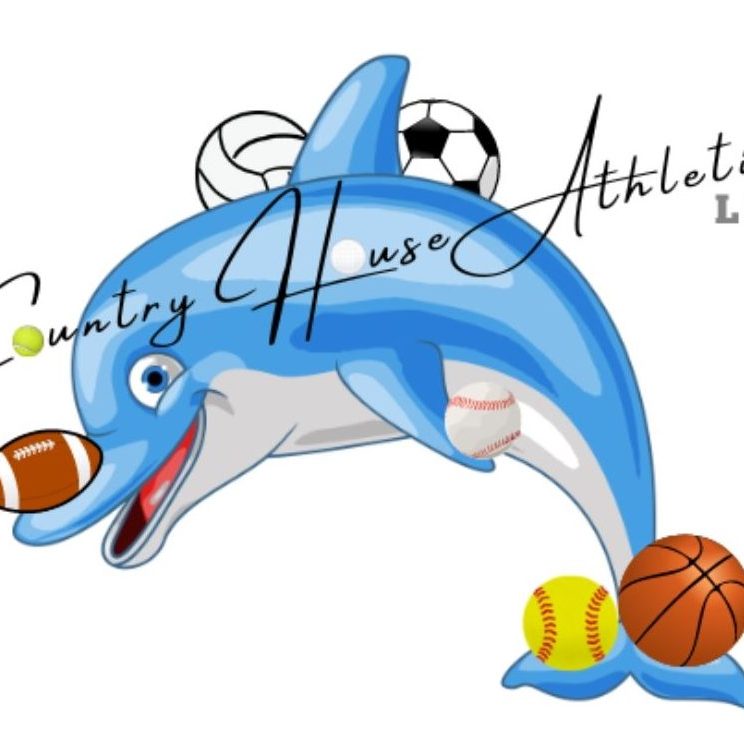As parents, we all want to see our kids excel in sports while staying healthy and safe. While sports and physical activity bring numerous benefits, it’s important to be aware of certain risks. One risk is a condition that can have serious consequences if not properly addressed – exertional rhabdomyolysis.
What is Exertional Rhabdomyolysis?
Exertional rhabdomyolysis, often shortened to “rhabdo,” occurs when your muscle fibers break down and leak a protein called myoglobin and some other substances into the bloodstream. This can happen after intense or prolonged physical exertion, especially if your athlete isn’t properly conditioned for the activity.
When these materials flood the bloodstream, they can overwhelm the kidneys and cause damage. In severe cases, it can lead to kidney failure or other serious complications.
What Causes Rhabdo?
Rhabdomyolysis can be caused by:
- Intense or unaccustomed exercise: Overexertion, especially in extreme heat or after a long break from activity.
- Dehydration: Lack of adequate hydration increases the stress on your muscles and kidneys.
- Heat stress: Exercising in hot, humid conditions without acclimatization.
- Underlying medical conditions: Certain medications, supplements, or undiagnosed health issues.
What Symptoms Should You Watch For?
Rhabdo can be very difficult to recognize, but these are some common warning signs:
- Severe muscle pain: This pain is more than your typical soreness after exercise and is often concentrated in large muscle groups like the thighs, shoulders, or arms.
- Swelling or stiffness: Noticeable swelling in the affected muscles, making movements painful.
- Dark, tea-colored urine: This is a telltale sign of myoglobin being filtered through the kidneys.
- Fatigue or weakness: Feeling unusually tired or weak, even at rest.
- Nausea or confusion: Symptoms of systemic effects as the condition worsens.
How to Respond if You Suspect Rhabdo?
If your child shows symptoms of exertional rhabdomyolysis:
- Stop activity immediately: Ensure that they rest and hydrate with water or electrolyte-rich fluids.
- Seek medical attention: Prompt evaluation by your healthcare provider is critical. Blood and urine tests can confirm this diagnosis.
- Follow medical advice: Treatment may involve IV fluids, rest, and hospitalization in severe enough cases.
Prevention is Key
You can help reduce your child’s risk of rhabdomyolysis by promoting safe training practices:
- Gradual progressions: Avoid sudden increases in exercise intensity or volume.
- Hydration: Encourage regular water intake before, during, and after activity.
- Weather considerations: Modify your workouts in extreme heat or humidity.
- Rest and recovery: Ensure your athlete gets adequate sleep and recovery time between workouts.
- Open communication: Teach your child to speak up about unusual pain, fatigue, or other symptoms.
Why Awareness Matters
Exertional rhabdomyolysis can sound alarming, but with the right knowledge and precautions, it’s largely preventable. As a parent, being informed and vigilant can make all the difference in keeping your young athlete healthy and thriving.
If you have any questions or concerns about exertional rhabdomyolysis or your child’s health, don’t hesitate to consult your healthcare provider or a sports medicine professional.
This post is part of our commitment at Country House Athletics to promote the health and safety of our young athletes. Stay tuned for more resources to help your child excel in sports with confidence!

No responses yet